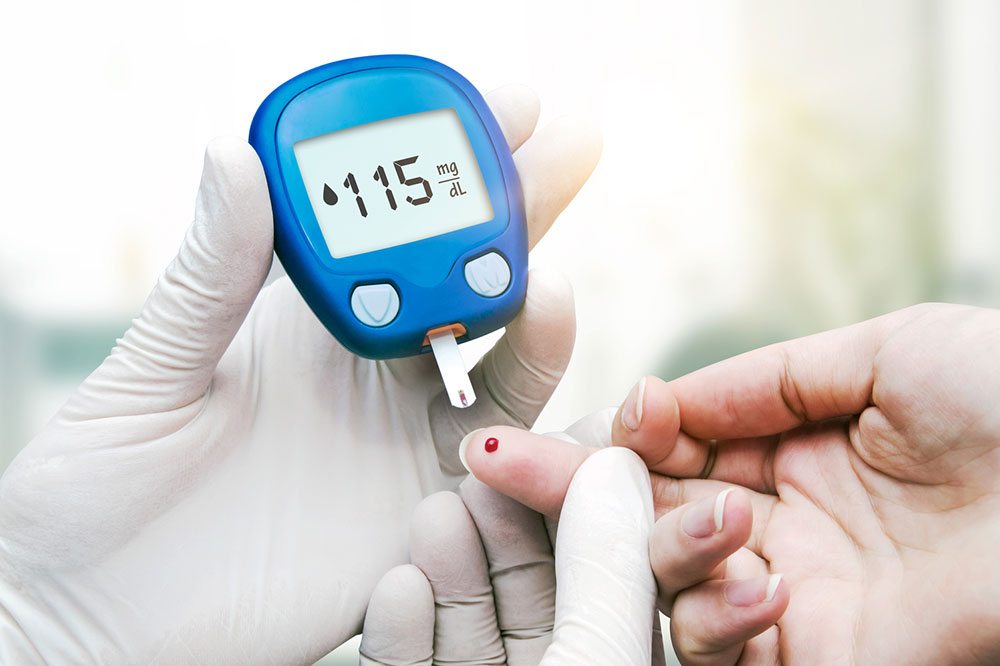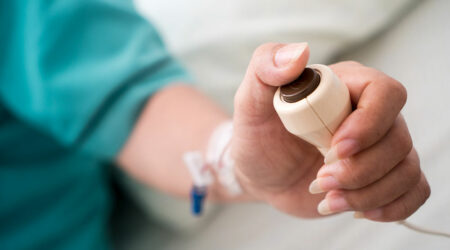
Diabetes – Types, causes, symptoms, and treatment options
Diabetes is a chronic condition in which a person’s blood sugar level increases above the normal range. This is because the body either does not make enough insulin (type 1) or fails to use what it produces (type 2). If left untreated, high blood sugar can severely damage one’s eyes, kidneys, nerves, and other body organs. This brief article will touch upon different aspects of diabetes, such as its causes, symptoms, treatments, and natural remedies.
Causes
Causes of type 1 diabetes
The pancreas’ beta cells are responsible for producing insulin, the hormone that digests sugar and carbs. Type 1 diabetes occurs when the body’s immune system attacks and destroys these cells. As a result, the pancreas cannot produce sufficient insulin, and the blood sugar shoots up. Doctors say that this type of diabetes is caused due to specific genes or environmental factors, such as viruses.
Causes of type 2 diabetes
Type 2 is more common than type 1. Here, the pancreas produces insulin; however, the body’s cells fail to use the hormone correctly. Type 2 diabetes is mainly triggered due to obesity, lack of physical inactivity, insulin resistance, genes, and family history. It can also occur due to overconsumption of certain medications.
Symptoms
If one has any of the following symptoms, they must contact a health expert and get their blood glucose level tested:
- Excessive thirst
- Frequent urination, especially at night
- Extreme, sudden weight reduction
- Blurred vision
- Tingling sensation in feet or hands
- Sores or wounds that take time to heal
While these signs are common among all patients, the symptoms can vary further depending on the type of diabetes. For instance, type 1 can cause nausea, vomiting, and stomach pain that develop over a few weeks or months and become severe quickly. The onset begins early in life when one is still a child or young adult.
On the other hand, type 2 diabetes takes a lot of time to develop. It usually starts during adulthood, but lately, it is becoming more and more common in children and teens. Since its symptoms are extremely tough to spot and take time to reach an extreme severity level, it becomes necessary to approach a doctor on time.
Diagnosis
To assess whether or not a person has diabetes, the doctor may recommend the following tests:
- Fasting plasma glucose (FPG)
This test measures a person’s blood sugar at a specific point of the day. It is advisable to get an FPG done after fasting for at least eight hours for reliable results. Fasting means not consuming anything except sips of water. - A1C test
Unlike the fasting test that gives an idea of one’s glucose level for the last few hours, the A1C test provides the average glucose fluctuations of the past three months. It is recommended to analyze how the disease is progressing. - Random plasma glucose test
Professionals use random plasma glucose tests when the symptoms are pretty evident, and they cannot wait until the patient has fasted. It is also known as casual testing.
Treatment
The treatment for diabetes depends entirely on the type and severity level. However, blood sugar monitoring, insulin, and oral medications are widely used for treating all kinds of blood sugar conditions. Consuming a diabetic-friendly diet and indulging in regular physical activity can also play a significant role in stabilizing the disease.
Best foods
Besides taking medications, a healthy diet can also help fight diabetes. Foods rich in fiber and veggies are recommended. In addition, patients should make berries, walnuts, citrus fruits, whole grains, and fatty fish a major part of their diet to stop their blood glucose from spiking.
Preventive measures
Diet offers maximum assistance in controlling blood sugar levels only when combined with regular exercise and stress reduction techniques. Moreover, maintaining a healthy weight can help prevent the early onset of the condition. While type 1 diabetes is out of one’s control, type 2 can be managed with better lifestyle choices.




